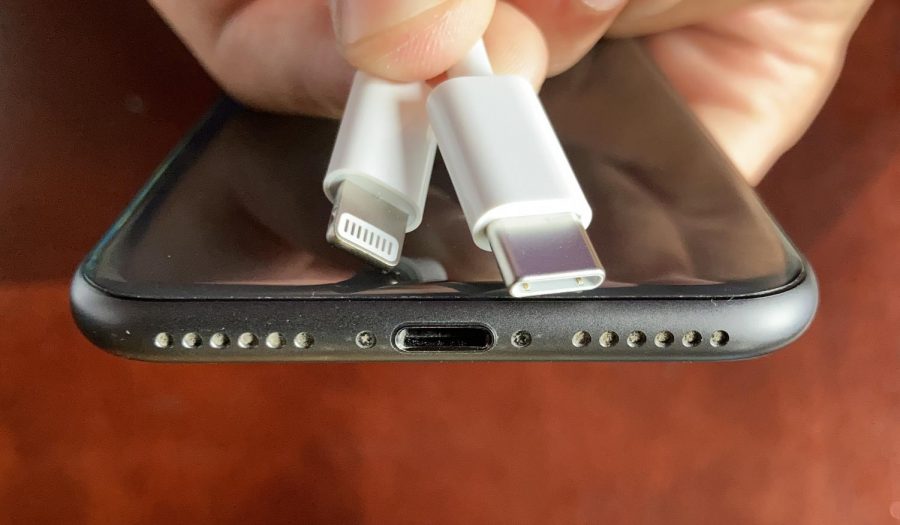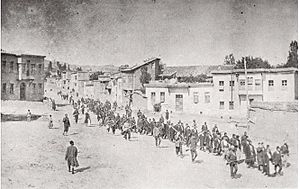On Monday, Sudan, the last remaining male northern white rhinoceros, passed away. He was euthanized at the Ol Pejeta Conservancy in Kenya after his health conditions fell rapidly. His passing was not a surprise as he was 45 years old, which is considered elderly for this type of mammal. At the conservancy where Sudan lived for the latter 38 years of his life, he was being treated for age-related complications, including degenerative muscles and bones along with immense skin wounds.
Following Sudan’s passing, only two northern white rhinoceroses remain. Both females, Sudan’s daughter, Najin, and granddaughter, Fatu, are the last of the species. The survival of these mammals lies on the shoulders of Sudan’s offspring. Conservationists and researchers hope to find a solution by creating an in vitro fertilization procedure by using stored semen from other dead white rhinoceroses and implanting them into southern white rhinoceroses. This procedure could potentially cost over $9 million.
These mammals are nearing extinction because of human-caused threats. Poaching is a severe problem in Africa yet it remains a popular activity. Uncontrolled human hunting has led to the decline in many animals, including the northern white rhinoceroses. Poachers partake in the illegal trade of rhinoceros horns and when horns are turned into powder, they can be used in medicines. The powder is believed to have certain elements which can be a cure for multiple illnesses from fevers to cancer treatments.
Between 2014 and the summer of 2015, three subspecies of rhinoceroses went extinct. Scientists and conservationists are now focusing on saving the northern white rhinoceros species before it is too late. They are also turning their focus on southern white rhinoceroses, as only 20,000 remain on the planet.
But as megaherbivores, a very large herbivore weighing over 1000 kilograms, northern white rhinoceroses are a vital component in African ecosystems. With the extinction of these mammals, the ecosystem which they live and feed will be thrown a curveball. The grazing rhinoceroses help to maintain grasslands which are habitats for many other animals. In the “Journal of Ecology”, ecologists Joris P. G. M. Cromsigt and Mariska te Beest stated, “Not only is rhino poaching threatening the species conservation status, but also the potentially key role of this apex consumer for savanna ecosystem dynamics and functioning.”
The death of Sudan has opened many people’s eyes. It has especially hit the hearts of many Kenyans. “The outpouring of grief from Kenyans, especially the younger generation, who woke up to hear that Sudan was dead this morning is a powerful reminder that we must never allow this to happen again,” Paula Kahumbu, director of Wildlife Direct charity stated. “We did not do enough to save this majestic species. Now we must stand up and demand action — take action — to prevent the same thing happening to cheetah, elephants, black rhinos, giraffes — we must take ownership of this as Africans and educate people.”
At Pleasant Valley High School, Environmental Club meets every Monday at 3:30 p.m. to discuss and learn about environmental issues and impacts. Co-president and founder Nia Howze hopes to educate and inform the community on pertinent environmental issues in attempts to inspire and incite change through the foundation of this club. “Humans are constantly infringing on fragile, intricate ecosystems and causing extinction of animal and plant life at an alarming rate,” Howze said in response to the news of Sudan’s passing. “Policy change and administering punishment for poaching is necessary to restore our planet’s flora and fauna.” Environmental Club hopes to use the passing of Sudan to discuss and learn more about deaths of animals nearing extinction.








